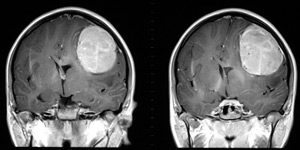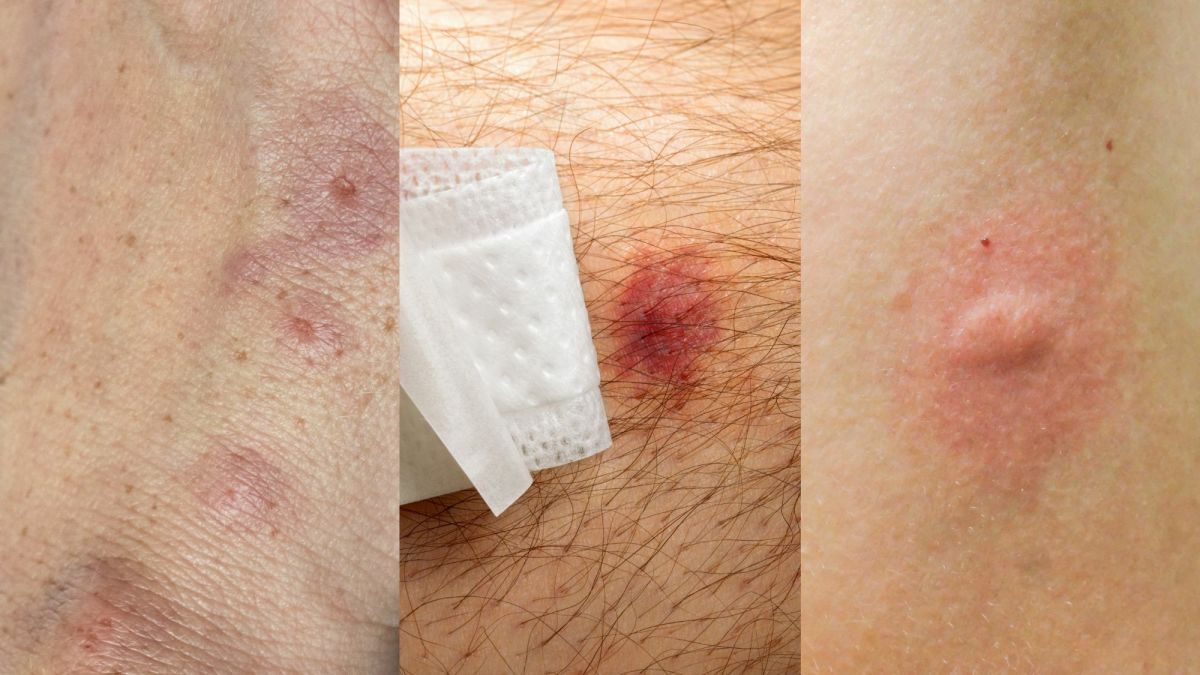Brain Tumour Symptoms
The Cell Phone/Cancer Connection
There has been much discusson in the media lately about the relationship between the use of cell phones and the development of cancerous brain tumours. While there doesn't appear to be absolute evidence that there is a correlation, the recent warnings from the World Health Organisation are certainly worrying.
Folllowing consultation with scientists, the WHO has sent out a considered statement, categorizing cell phone radiation as a "possible carcinogenic hazard." According to the organization, long-term wireless phone use causes an increased risk of glioma, which is a malignant type of brain cancer.
One way to reduce the risk is to use a hands free set, so that you are not holding the phone up to your ear - another way is to text, rather than talk. The warnings also provide a good argument for not giving cell/mobile phones to young children; they don't need them and why take uncessary risks? Six year olds do not lead any sort of independent life, so they do not need to 'keep in touch' via a cell phone as an adolescent might.

Brain Tumour
Brain tumours are actually very rare. In Australia for example, only four hundred cases are reported every year. If you are experiencing symptoms relating to the head, chances are it's probably something else. In any case, if you are concerned, it's important to see a physician rather than self-diagnose, which tends to lead to unneccessary stress and anxiety. The following list of symptoms is a general guide only and not meant as any sort of diagnosis.
Brain tumours may be malignant
(cancerous) or benign (non-cancerous) and vary in size and location.
Benign tumours tend to be slower growing, with a fibrous outer covering
that makes them relatively easy to excise. By contrast, malignant
tumours are faster growing and often infiltrate brain tissue, making
excision a highly complex, diffcult operation. Generally, tumours
develop from gilal cells (cells that support the nerve cells) and may be what's called primary or secondary.
A primary brain tumour originates in the brain and almost always stays
confined within the skull and doesn't spread to any other parts of the
body. A secondary brain tumour, also known as mestasis develops from another cancer that has originated elsewhere in the body, such as the lung or breast.
Symptoms:
These are variable and will depend on location and size. Note that the following symptoms may also indicate many other common conditions.
Headache
- Nausea
- Vomiting
- Unsteadiness
- Seizures (especially those involving loss of consciousness and/or muscle spasms)
- Difficulties with thought and concentration
- Memory Loss
- Speech difficulties
- Depression
- Change of personality
- Visual Disturbances
- Defective vision in one eye
- Gradual loss of movement or sensation in an arm or leg
Diagnosis:
After consultation with a doctor, diagnosis of a brain tumour is usually made through a CT scan or MRI (Magnetic Resonance Imaging). This will be followed by a series of further tests to determine whether or not the tumour ia a primary or a secondary one. The tests will likely involve blood tests and more MRI or CT scans on other various parts of the body.
Treatment:
The aim of treatment is to remove as much of the tumour as possible and the method will greatly depend on location, type of tumour and size of tumour. Treatment options for malignant brain tumours include surgery, radiosurgery, chemotherapy, radiation therapy and immunotherapy, which may be used in combination, depending upon a variety of factors, including age, whether it is a primary or secondary cancer general health, size, location and severity.
The surgical procedure is actually one of the oldest known forms of surgery - called a craniotomy, which literally translates as a hole in the head. The operation involves removing a segment of skull, after which the tumour is found and, if possible, removed. The bone is then replaced and the muscle and skin are
stitched over. Sometimes the tumour may be completely removed after the craniotomy and in other cases the surgeon will take a biopsy of the tumour and send it off to pathology in order to decide what further treatment may be necessary. If a total removal is not possible, enough of the tumour may be removed to alleviate pressure on the brain and relieve symptoms. If a 'cure' is not possible, the surgeon will aim to slow the progression of the tumour.
- The Sydney Neuro-Oncology Group (SNOG) - Home
The Sydney Neuro-Oncology Group is a charitable organisation, which aims to improve the management of brain tumours through targeted research, information sharing and constant scrutiny of treatment options.








